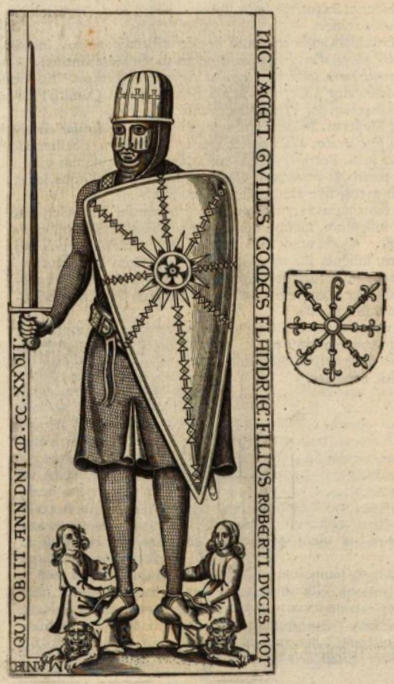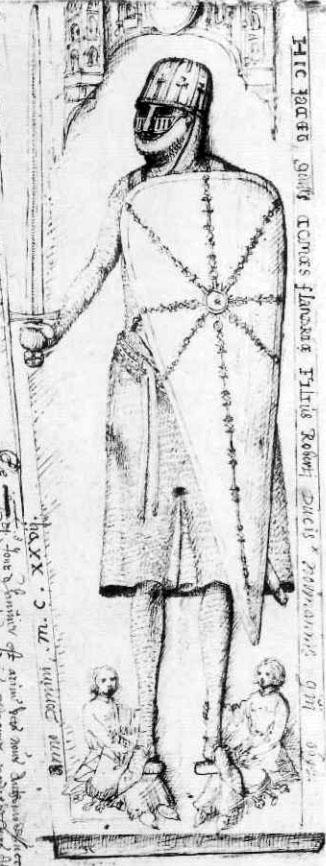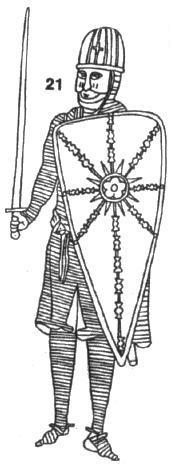
Try Amazon Audible Plus
Lost tomb, probably of Count William of Flanders,
from the Church of Saint Bertin, Saint Omer, Flanders, c.1130-75



Vnaq; repreſentare ipſius Monaſterij Bertiniani inſignia, cum Epitaphio NORMANNI; prout R. D. Guillielmus de Whitte, S. Bertini adminiſtrator & Chartophylax, vir, uti antiquitatis perſtudioſus, ita quoque in ſacris & profanis, ad unguem, inſtructus, & hoc, & illa mihi tranſmiſit: utraque à politiſſimi ingenii viro, D. Iacobo-Philippo de Hannon, Bavinchovio, Cœnobii Priore, accuratè delineata.
[Unique: to represent itself, emblems of Bertin monastery with the Norman Effigy; exactly as R. D. William de Whitte, administrator of St. Bertin and document keeper, an antiquarian through studiousness, likewise in sacred and profane things, precisely prepared and he sent both to me, accurately delineated by a man of the most polished talent, D. Jacob-Philippe de Hannon, Bavinchova, the monastery prior.]
Source: Sigilla comitvm Flandriæ et inscriptiones diplomatum ab iis editorvm cum expositione historica by Olivarius Vredius [Olivier de Wrée] (Bruges 1639)
[The date appears as 1227, MCCXXVII, rather than 1128.]
William Clito (25 October 1102 – 28 July 1128) was a member of the House of Normandy who ruled the County of Flanders from 1127 until his death and unsuccessfully claimed the Duchy of Normandy. As the son of Robert Curthose, the eldest son of William the Conqueror, William Clito was seen as a candidate to succeed his uncle King Henry I of England.


An extract from pages 27 & 364, Arms and Armour of the Crusading Era, 1050-1350, Western Europe and the Crusader States by David Nicolle
21 Lost tomb, probably of Count William of Flanders, from Church of St Bertin, St Omer, Flanders, c.1130-75
(from 19th-century drawing, after Nowe)
The disappearance of this tomb must rank with the destruction of some of London's Temple Church effigies as a serious loss for the study of medieval arms and armour. It appears to have portrayed a warrior with a tall, round and rather Germanic helmet having a fixed face-mask. This latter did not, however, cover all the face. Instead it consisted of a nasal with cheek-pieces on either side to frame the eyes. Otherwise the man was equipped in standard fashion with a long-sleeved mail hauberk, mail chausses, a long and surely inaccurately slender sword and a large, flat-topped kite-shaped shield.